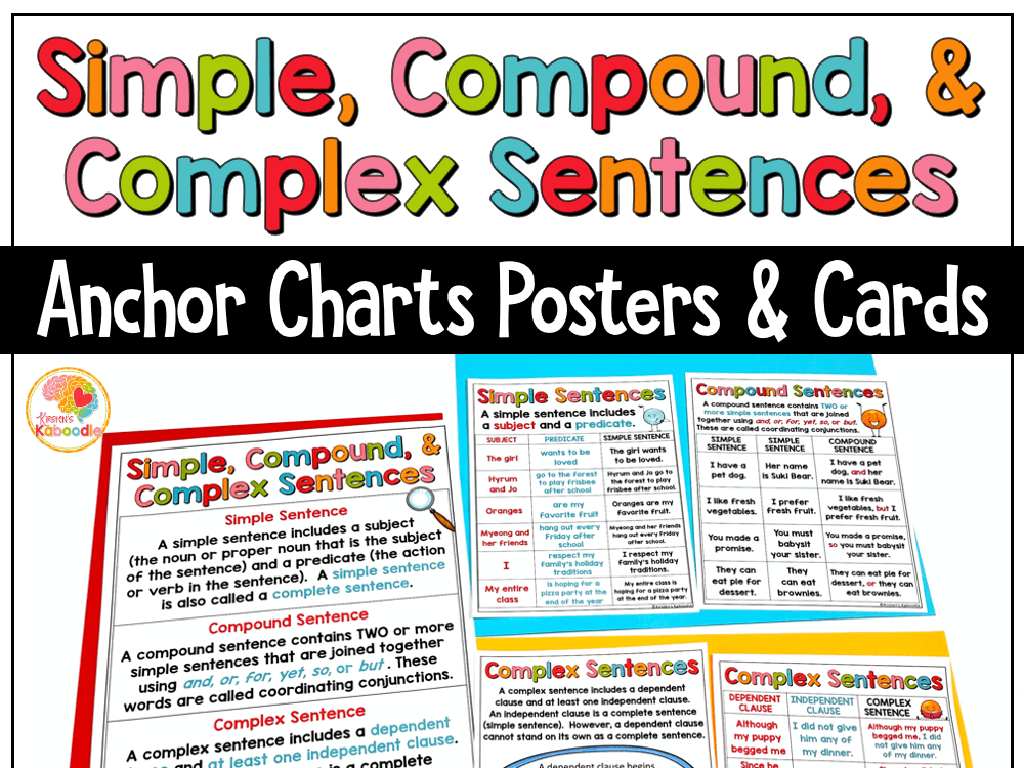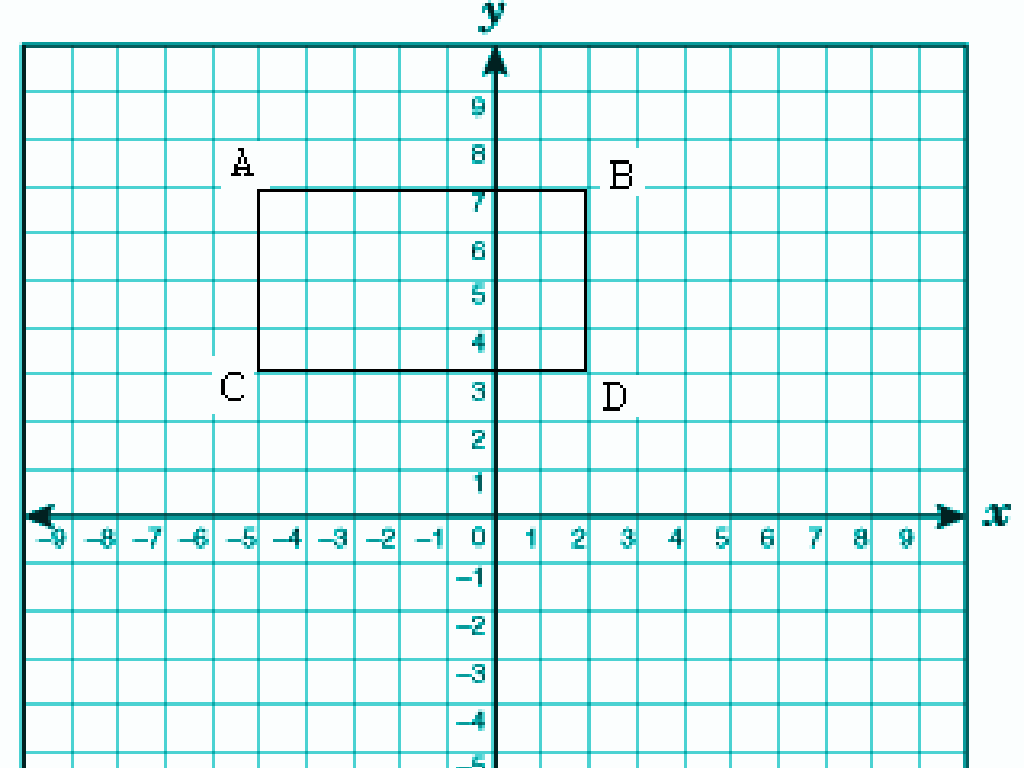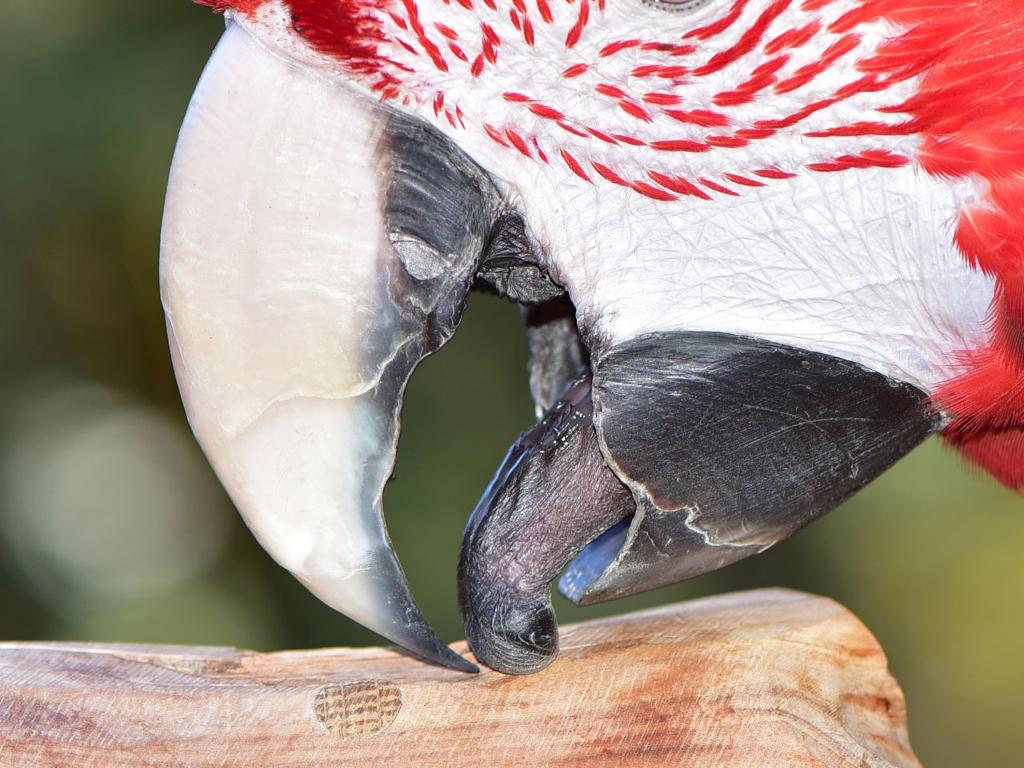Identify Time-Order Words
Subject: Language arts
Grade: Second grade
Topic: Linking Words
Please LOG IN to download the presentation. Access is available to registered users only.
View More Content
Time-Order Words in Storytelling
– Understanding time-order words
– Words that tell us the sequence of events
– They help us organize stories
– Like a timeline for our story’s events
– Examples: ‘first’, ‘next’, ‘then’, ‘finally’
– ‘First’ we wake up, ‘next’ we eat breakfast
– Let’s practice using them!
|
This slide introduces the concept of time-order words to second graders, helping them understand how these words function to sequence events in storytelling. Start by explaining that time-order words are like signals in a story that guide us through the events from beginning to end. Provide clear examples of time-order words and use them in simple, relatable sentences to illustrate their use. Encourage the students to think of events in their day and how they would use these words to describe the sequence of their activities. The practice activity should involve students using time-order words to describe a common routine or to create a short story in the correct order.
Time-Order Words in Stories
– What are time-order words?
– Words that tell us the sequence of events.
– Time-order words as signals
– They help us follow the story smoothly.
– Examples: ‘first’, ‘next’, ‘then’
– ‘First’ we wake up, ‘next’ we eat breakfast, ‘then’ we go to school.
– Practice using time-order words
|
This slide introduces second-grade students to the concept of time-order words, which are essential for understanding and conveying the sequence of events in a story. Explain that these words act as signals or signposts that guide readers through the narrative, indicating the beginning, middle, and progression of events. Provide clear examples using simple daily routines they are familiar with. Encourage students to think of their own examples and practice creating sentences using time-order words. This will help them grasp the concept and apply it to both their reading comprehension and writing skills.
Time-Order Words in Sentences
– ‘First’ starts a sequence
– ‘First, brush your teeth.’
– ‘Next’ shows continuation
– ‘Next, put on your clothes.’
– ‘Then’ follows in order
– ‘Then, have your breakfast.’
– ‘After that’ for succession
– ‘After that, pack your bag.’
– ‘Finally’ concludes the sequence
– ‘Finally, go to school.’
|
This slide introduces students to time-order words, which are essential for describing the sequence of events. These words help us to understand the order in which things happen. Use everyday routines as examples to illustrate how these words organize our actions. Encourage students to think of their own examples and practice using these words in sentences. During the next class, ask students to share sentences they’ve created using time-order words to reinforce their understanding and application of these important linking words.
Using Time-Order Words in a Story
– ‘First’ starts the action
– ‘First’, we take bread slices
– ‘Next’ adds another step
– ‘Next’, spread the peanut butter
– ‘Then’ continues the sequence
– ‘Then’, we add the jelly
– ‘Finally’ shows the last step
– ‘Finally’, put slices together
|
This slide introduces students to time-order words, which are essential for describing the sequence of events in a story or instructions. By using the example of making a sandwich, students can easily grasp how these words organize actions in a logical order. ‘First’ indicates the beginning, ‘next’ introduces a subsequent step, ‘then’ follows up with additional actions, and ‘finally’ concludes the sequence. Encourage students to think of other examples where they can use time-order words, such as their morning routine or steps in a game. This will help them understand the importance of these words in writing and speaking.
Your Turn: Time-Order Words!
– Listen to a short story
– Rewrite the story with time-order words
– Add time-order words to understand sequence
– Use ‘First’, ‘Next’, ‘Then’, ‘After that’, ‘Finally’
– These words help us know the order of events
– Share your story with the class
– Practice using these words to tell your story
|
This activity is designed to help students practice identifying and using time-order words, which are crucial for understanding and conveying the sequence of events. Start by telling a simple story without using any time-order words. Then, instruct the students to rewrite the story on their paper, incorporating the time-order words ‘First’, ‘Next’, ‘Then’, ‘After that’, and ‘Finally’. This exercise will help them see how these words can clarify the order of events and improve their narrative skills. Encourage creativity and sharing, as students will present their revised stories to the class. This will also provide an opportunity for peer learning.
Let’s Practice Time-Order Words!
– Read a story together in class
– Spot time-order words aloud
– Words like ‘first’, ‘next’, ‘then’, ‘finally’
– Understand how they sequence events
– They help us know the order of events
– Discuss the importance of time-order words
– Time-order words make stories easier to follow
|
This slide is for an interactive class activity designed to help second-grade students identify and understand the use of time-order words in storytelling. As the teacher reads a story aloud, students will listen for and call out time-order words such as ‘first’, ‘next’, ‘then’, and ‘finally’. This exercise will help them recognize how these words function to sequence events within a narrative. After the reading, engage the class in a discussion about how these words helped them understand the order of events in the story. Emphasize the importance of time-order words in making stories clear and enjoyable. Prepare a list of time-order words for reference and consider having a follow-up activity where students can create their own sentences using these words.
Class Activity: Story Sequencing with Time-Order Words
– Receive a set of story picture cards
– Use time-order words to sequence
– Words like ‘first’, ‘next’, ‘then’, ‘finally’
– Arrange cards in the correct order
– Present your story to the class
– Share the sequence and explain using time-order words
|
This activity is designed to help students understand the concept of time-order words and how they can be used to sequence events. Divide the class into small groups and provide each group with a set of picture cards that narrate a story. The task for the students is to discuss among themselves and use time-order words to arrange the cards in a logical sequence that tells the story. Once they have completed the sequence, each group will present their story to the class, using the time-order words to describe the sequence of events. This will reinforce their understanding of the words and how they are used in storytelling. For the teacher: Prepare different sets of picture cards for each group, ensure that the stories are simple and clear, and provide a list of time-order words as a reference for the students.
Mastering Time-Order Words
– Congratulations on learning time-order words!
– Time-order words organize our stories
– Words like ‘first’, ‘next’, ‘then’, ‘finally’ help sequence events
– Practice makes perfect
– Keep using these words in your daily storytelling
– Aim to become a time-order word expert!
– With practice, you’ll use these words naturally
|
This slide is a conclusion to reinforce the importance of time-order words in storytelling and narrative writing. It serves as positive reinforcement for the students’ efforts in learning about these linking words. Emphasize that using words like ‘first’, ‘next’, ‘then’, and ‘finally’ helps listeners and readers understand the sequence of events. Encourage the students to practice using these words in their daily conversations and writing. The goal is for them to become comfortable and proficient in using time-order words, which will greatly improve their storytelling skills. Celebrate their progress and motivate them to continue practicing.





